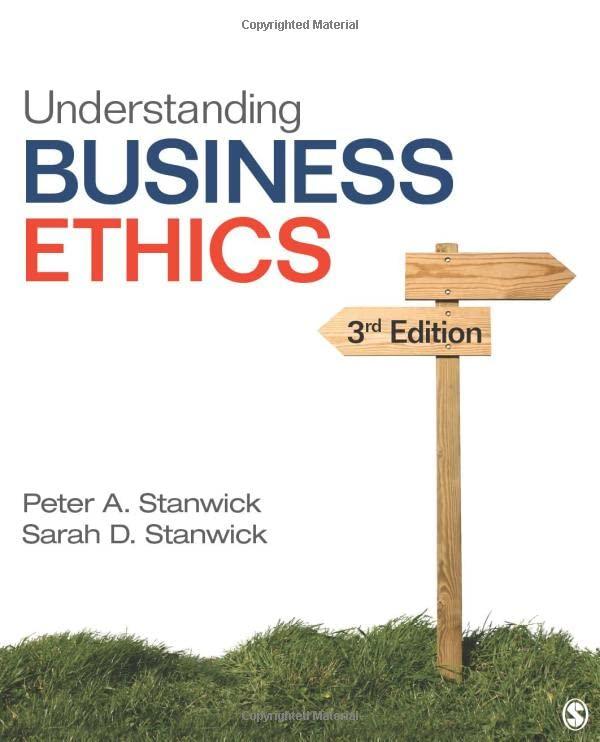Question
Miller Renewables is a sustainable energy company. It is considering an idea to build a biogas digester that would take the food waste (garbage) from
Miller Renewables is a sustainable energy company. It is considering an idea to build a biogas digester that would take the food waste (garbage) from Humboldt County, California and process it into electric energy. The digester would have a capacity to process 10,000 tons food waste per year and would have a useful life of 20 years. It would cost $6 million to construct and would produce 193 kWh of electric energy per ton of waste. The operation and maintenance cost of the digester, being mostly labor and maintenance, is estimated to be as low as $35 per ton of food waste processed.
Electric energy in the region costs $0.17 per kWh, so Miller could sell its output at that rate.
Electric energy would not be the only source of revenue for Miller Renewables. Cities in the region have been paying a lot of money to haul their food waste more than 100 miles to a qualifying landfill, but with the digester nearby, they would no longer have to do so. Miller estimates that it could charge the cities a garbage disposal fee of $80 per ton. At that price, Miller thinks they would get contracts to process 9,000 tons of food waste per year.
They estimate that the inflation rate in energy costs over the next 20 years will be 2% per year and that it will apply equally to the cost of electric energy and to the cost of transportation that is behind the garbage disposal fee that Miller can charge.
Miller Renewables has a weighted average cost of capital of 8.0%. It pays federal income taxes as 35% of taxable income, and state income taxes are 9%.
The biogas digester, also called an anerobic digester, is NOT eligible for the 30% federal income tax credit nor for any California state income tax credits. It would have to be depreciated straight-line over its 20-year useful life. However, the project will be able to sell Renewable Energy Certificates for $2.50 per megawatt-hour generated.
(1) [65 points] Evaluate the feasibility of the Miller Renewables' biogas project
a) What is the NPV of the project? Should Miller do it or not, and why?
b) What rate of return would Miller get on its investment? Should Miller do it or not,
and why?
(2) [35 points] There are some important uncertainties in the description of the project.
For each of the following parameters, considered alone (not in combination), state whether the new information would change Miller's decision on the biogas digester.
a) The contractor who estimated the cost of constructing the digester said that the final cost could be 30% higher than the $6 million estimate.
b) The operational cost of the digester could be as high as $50 per ton of garbage processed.
c) The contracts for garbage disposal might result in actual tons processed as low as 8,000 tons/year or as high as 10,000 tons/year.
Step by Step Solution
There are 3 Steps involved in it
Step: 1
To evaluate the feasibility of Miller Renewables biogas project well calculate the Net Present Value NPV of the project and determine the internal rat...
Get Instant Access to Expert-Tailored Solutions
See step-by-step solutions with expert insights and AI powered tools for academic success
Step: 2

Step: 3

Ace Your Homework with AI
Get the answers you need in no time with our AI-driven, step-by-step assistance
Get Started


